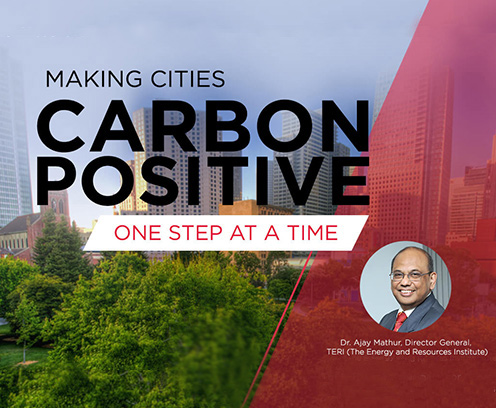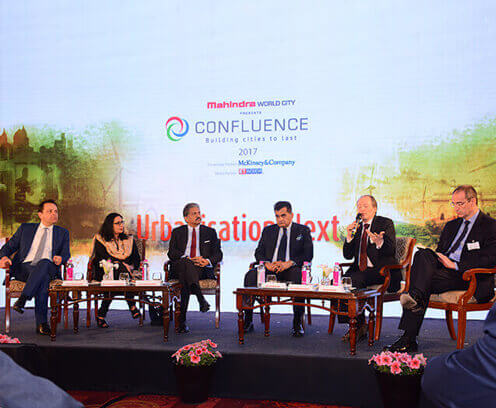Blog
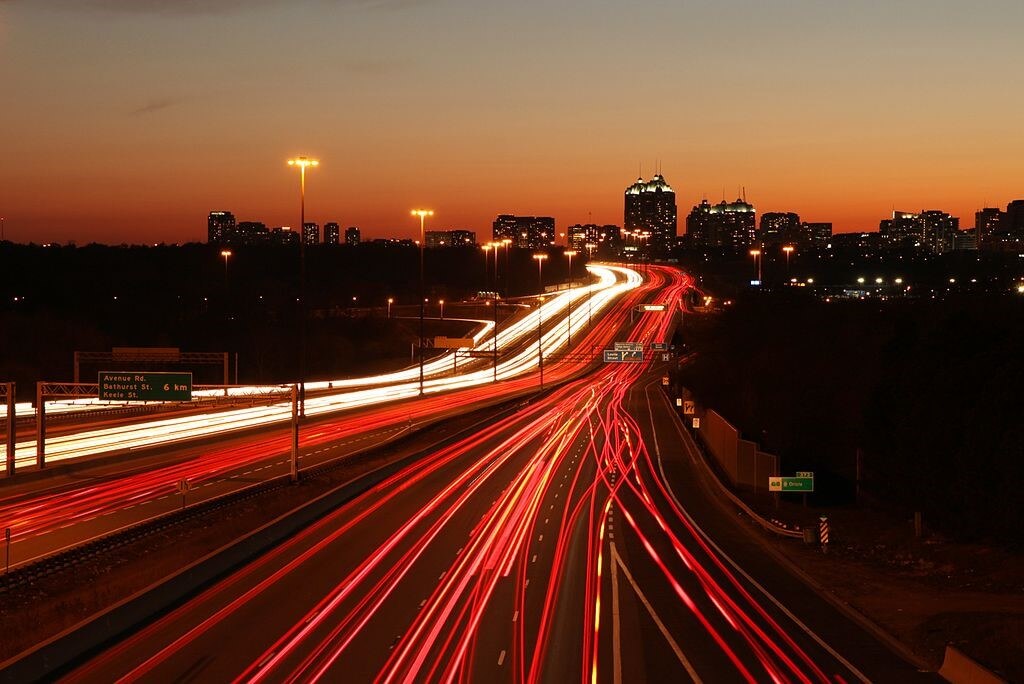
The power of urbanisation
Are we ready for and with the cities of tomorrow?
How should we plan sustainable urban cities of the future? Confluence 2017 takes it up, head-on.
When we talk of planning for urban cities of tomorrow, we not only imply creation of sustainable cities, but also transformation of the existing ones. The process is ideally two-pronged: building model cities and assisting the older ones to be at par with the new.
While planning for the cities of the future, it is vital to remember why they would be built in the first place. The cities of tomorrow would be built for its inhabitants, our future generation. Hence, it becomes imperative to not base these plans on past concepts or current ideas. Instead, the need of the hour is to come up with ideas that are forward-looking, innovative and sustainable.
What troubles India’s cities?
The McKinsey Global Institute (MGI), in collaboration with the India office of McKinsey & Company, had conducted a 21-month research to understand India’s urbanisation, problems faced by fast-growing cities and what policy makers can do to ease the strains of urban life and maximise opportunities offered by cities.
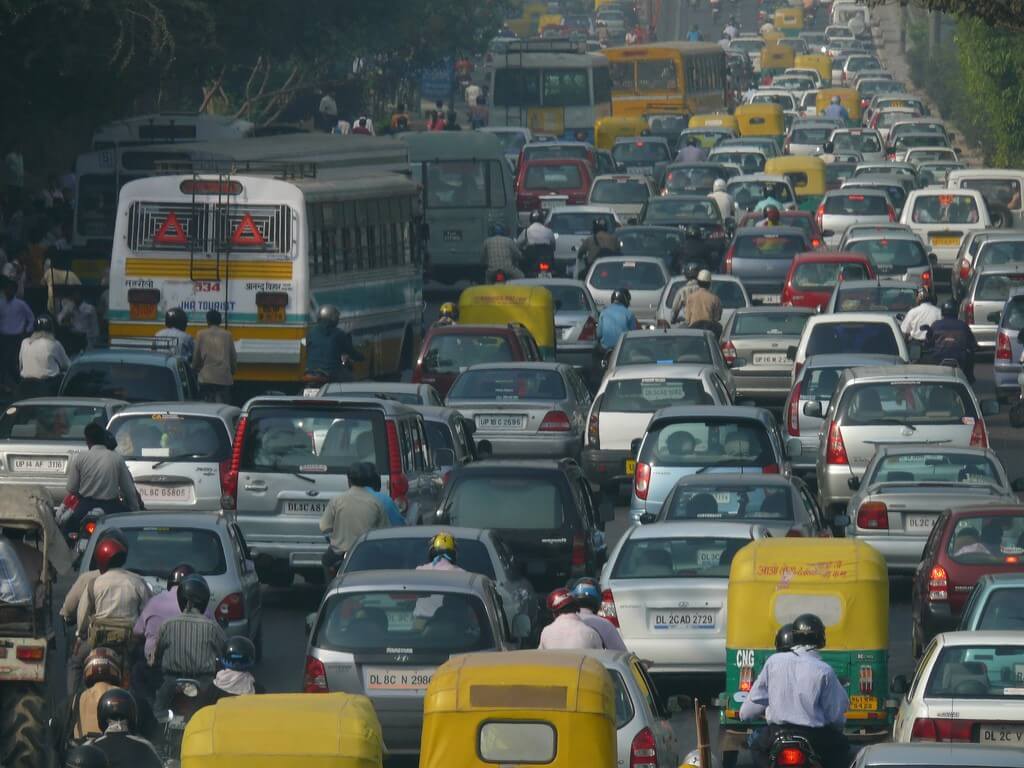
The research projections (by the year 2030):
- 590 million people will live in cities by 2030
- 70 percent of net new employment will be generated in cities
- 68 cities will have population of 1 million plus—up from 42 today
- $1.2 trillion capital investment is necessary to meet projected demand in India's cities
- 7,400 km of metros and subway will need to be constructed—20 times the capacity added in the past decade
- 2.5 billion square meters of roads will have to be paved—20 times the capacity added in the past decade
- 700–900 million sq mt of commercial and residential space needs to be built—or a new Chicago every year
Although the Indian economy has been resilient so far, it is imperative to sustain this momentum. What the country needs to do is to realise the true potential of cities and ‘release their dynamism'. According to the report, for further economic growth, India has to get rid of barriers in product, land, and labour markets.
What makes cities complex systems?

A city is composed of two basic components: the material and the human. The juxtaposition of these two elements make cities complex systems.
When we consider people and communities interacting with one another and with objects such as buildings, streets and parks, or the environment, concepts become even more complex. Ergonomics, or the study of people's efficiency in their working environment, depend on all these factors. Each of these factors play a role in the building of a complex, yet sustainable city.
Global commitment to sustainable urbanisation
Habitat III, the United Nations Conference on Housing and Sustainable Urban Development, was held last year to reinvigorate the global commitment to sustainable urbanisation.
It was the first UN global summit after the adoption of the '2030 Agenda for Sustainable Development and the Sustainable Development Goals'. Member States, parliamentarians, civil society organisations, government representatives, researchers, foundations, women and youth groups, trade unions, and the private sector participated in the meet. Discussions were held on how cities, towns and villages can be planned better towards seamless growth and green practices.
According to the UN, the world's urban population is expected to exceed six billion by 2045. The complex problems arising from this spurt in urbanisation can be tackled only through growth of more sustainable cities.
The third edition of the Confluence, held this March, discussed the way forward towards building cities for the future. Eminent speakers, from across the globe, came together to speak on the issue during two panel discussions.
'Confluence 2017' Explores
Moderated by Dr. Shirish Sankhe, Sr Partner, Mckinsey & Co, the objective of the first session was to define a balanced approach towards solving the challenges in sustainable city creation, from a practitioner’s perspective.
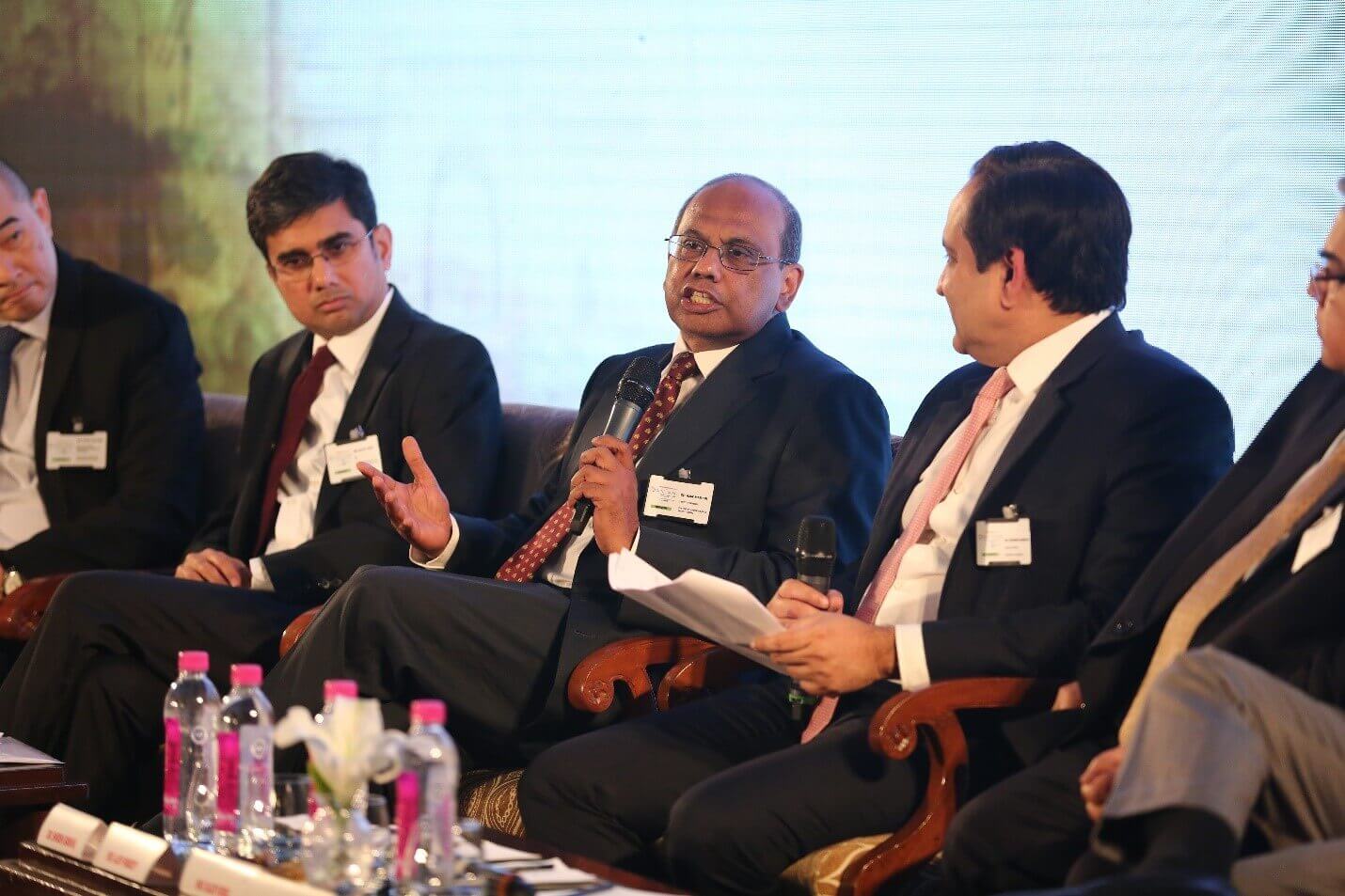
"We need to find out an optimal density for our cities. When it comes to solar power or sewage treatment, one of the challenges Indian cities face is of space." Dr Ajay Mathur, Director General,
TERI Panel on "Cities Learnings & Experiences"
The second panel explored views by global leaders on urbanisation in the light of an increasingly dynamic world order.
How urbanisation is not just about building a city, but has a larger socioeconomic context with the constantly changing needs of the people.
Panel on 'Urbanisation Next' moderated by Mr. Jonathan Woetzel, Sr Partner, McKinsey & Co
Speaking about the complex structure of Indian cities, Mr. Anand Mahindra, Chairman, Mahindra Group, said, "We have to realise that our goal is not to create urban agglomerations that will match up to the mega cities of the future. We have to decentralise. So what happens to productivity then? Are we going to give that up? Digital technologies and communication make sure you don't sacrifice productivity anymore. Even if you are sitting in a village, you can manufacture automotive parts by using 3D printing technology
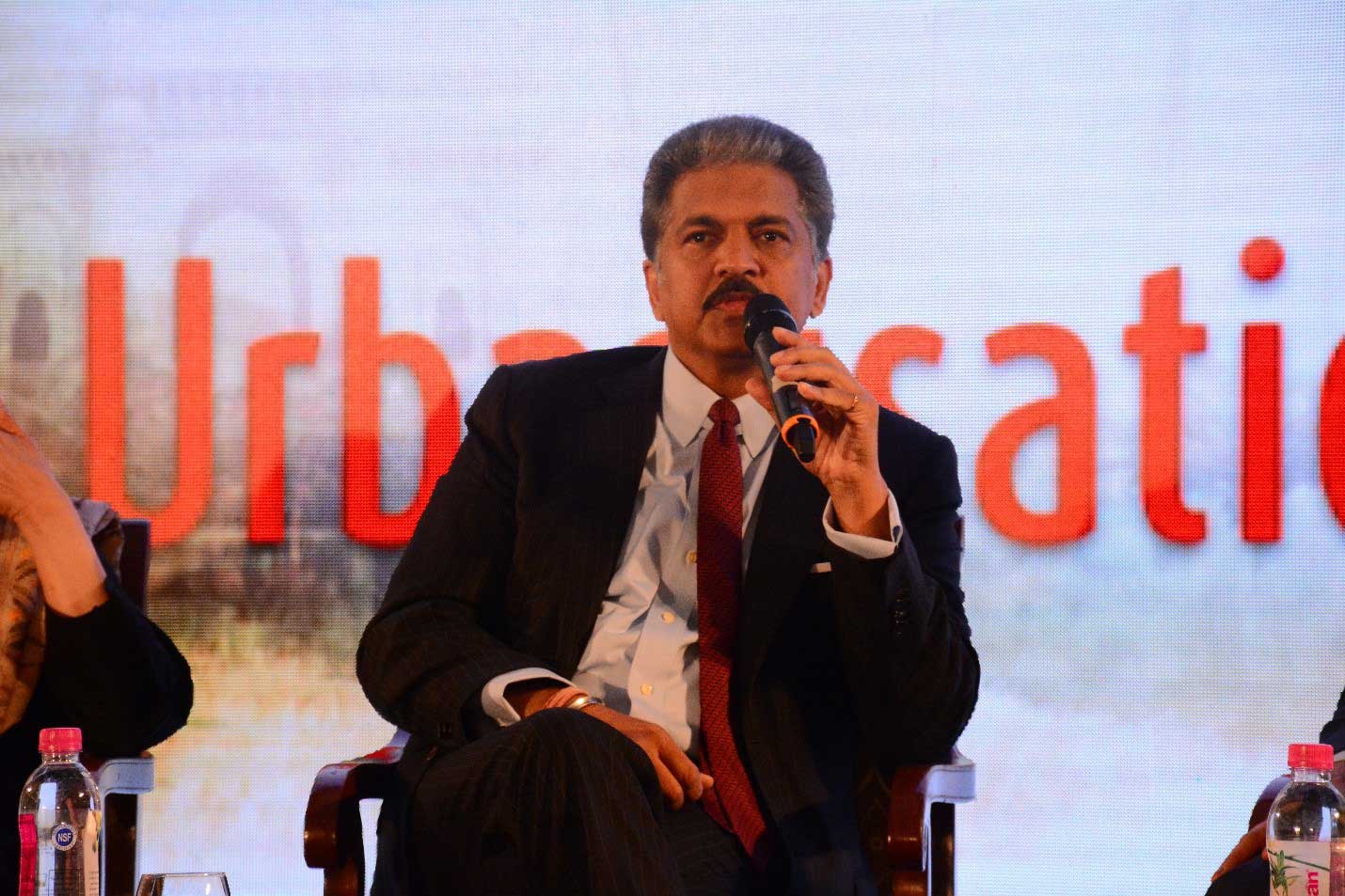
"I think Mahindra is putting its money where its mouth is by creating these kinds of smaller agglomerations. Mahindra World City Jaipur and Chennai are experiments in that direction,"
Mr. Anand Mahindra, Chairman, Mahindra Group


What lies ahead?
The future of our world has always intrigued us since time immemorial. Be it our interest in time travel, first popularised by H. G. Wells in his 1895 story The Time Machine, or the more recent movie Her, the human race has always longed to understand what lies ahead.
There are a few trends that are forward-looking and could well lead to the growth of sustainable cities in the future. Traffic congestion and air pollution are a city's worst nightmares. To tackle these problems, many urban spaces are banning private cars and promoting public transport systems. While Ghent has already banned entry of cars near the city centre, Barcelona is working on a similar plan.
Take for example the proposed model city in China’s Chengdu. The 1.3 sq km city is to house 80,000 residents, with everything only a 15-minute walk away. The model city negates the utility of cars completely. Now imagine this model being replicated all around the globe!
With the increase in urban population, the issue of space crunch would be the most pressing. Is vertical cities the next best option? Tall, skinny towers, rooftop parks and vertical gardens might be the answer to sustainable cities of the future.
According to the Council on Tall Building and Urban Habitats (CTBUH), we are on the verge of a "megatall" era, as buildings taller than 1,969 feet are set to double by 2020. While only three megatall structures exist at present (Dubai, Mecca and Shanghai), three more are coming up in Wuhan, Kuala Lumpur and Jeddah.
Buildings, however, would also have to be emissions-neutral for them to be sustainable. Australia is leading the way by working on it climate change targets. According to the Green Building Council of Australia (GBCA), while new buildings must be emissions-neutral by 2030, existing ones should achieve this by 2050.
If changes of this magnitude can be brought about through dialogue and planning, we could be looking at the rise of more sustainable cities in the future than we could ever imagine before.


